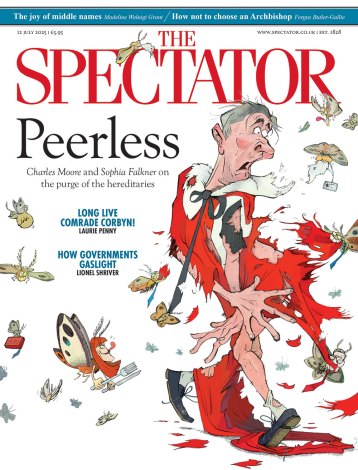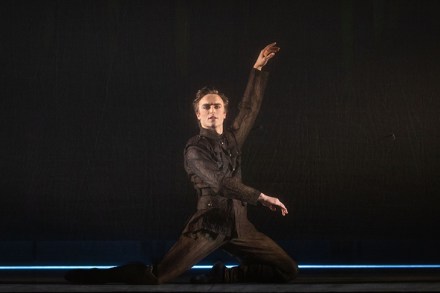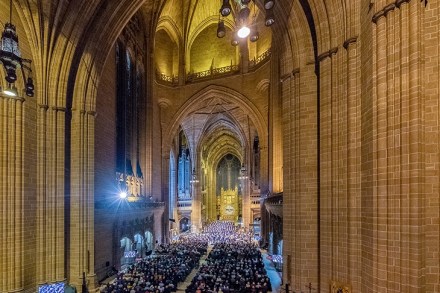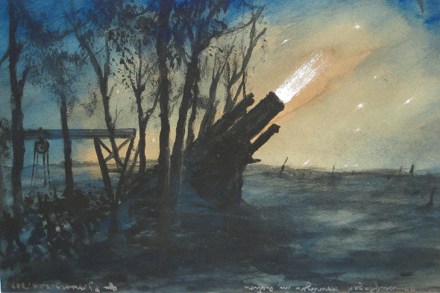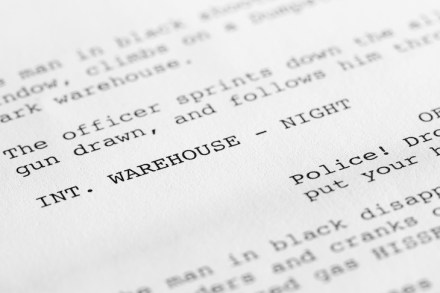Gripping, immersive and powerful: 1917 reviewed
Sam Mendes’s 1917 is the first world war drama that this week won the Golden Globe for best film and also best director and there is no arguing with that, ha ha. In fact there has been plenty of arguing with that. Some critics say that it feels like a videogame. ‘Turns one of the most catastrophic episodes in modern times into an exercise in preening showmanship,’ says the New York Times. I don’t know what film they were watching. True, 1917 is formulaic — it’s your archetypal man-on-a-mission story — but it is also gripping, immersive and powerful. It isn’t the closest you will get to experiencing the Great
